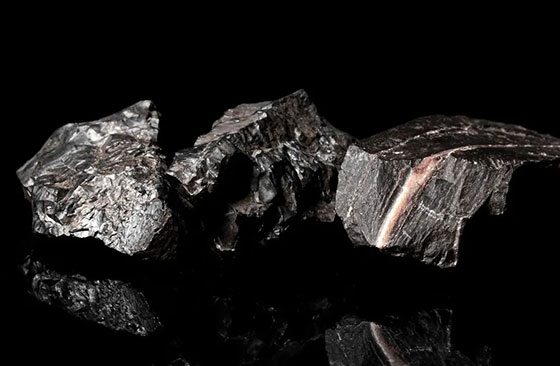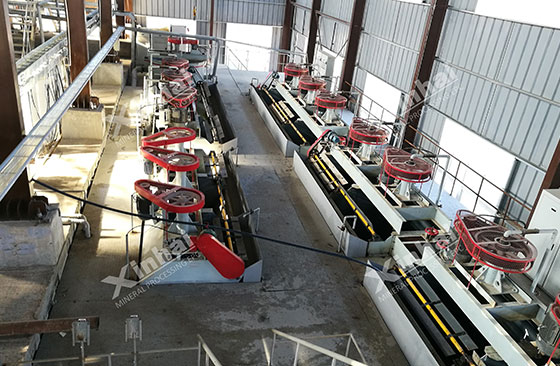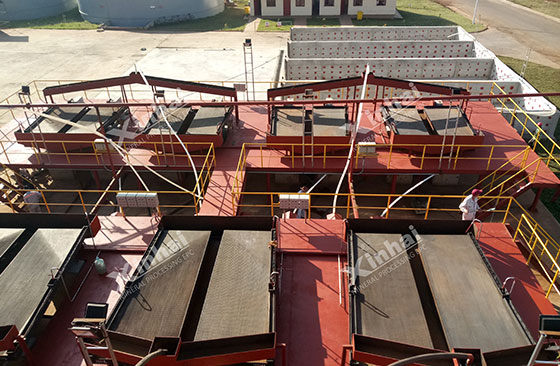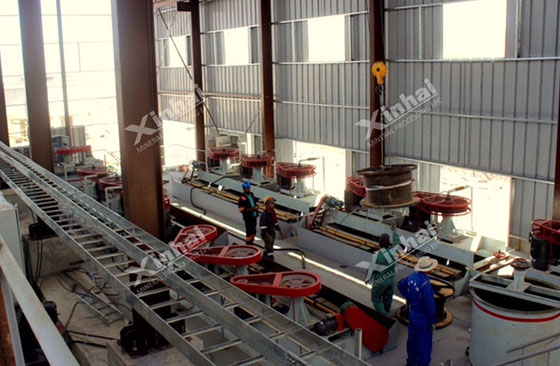Manganese, as an important raw material for the steel industry, is of great significance to the national economy and national defense construction. Due to the huge reserves and wide distribution of global manganese ore resources, sufficient raw materials can be provided for manganese ore dressing. However, the mineral composition, structural structure, embedded particle size and other properties of manganese ore in different regions vary greatly. Due to these differences in properties, the difficulty of mineral processing will increase, and it is difficult to achieve ideal results using traditional mineral processing methods. Therefore, it is necessary to adopt corresponding mineral processing methods according to different ore properties. This article will discuss in detail the application of three mineral processing technologies and their optimization strategies, in order to improve the mineral processing efficiency and economic benefits of manganese ore.
Use the table of contents below to navigate through the guide:
01Common manganese ore dressing methods
Flotation, gravity separation and magnetic separation can all be used for manganese ore dressing, among which flotation and gravity separation are two commonly used dressing methods. Because manganese ores of different properties have different adaptability, after in-depth research and development of these two dressing processes, they can be applied to production practice to improve the dressing efficiency and dressing index of manganese ore. With the advancement of science and technology and the continuous upgrading of dressing equipment, manganese ore dressing will be more efficient and environmentally friendly. The manganese ore dressing process generally includes: crushing, grinding, grading, selection and dehydration, but the specific process will change according to the nature of the ore and the different dressing methods.

02Application of flotation in manganese ore dressing
Fine-grained manganese ore is commonly used for flotation. Common flotation systems include flotation machines, stirring tanks, bubble generators, etc. As key equipment, flotation machines have functions such as aeration, stirring, and pulp circulation.
Manganese ore flotation reagents include: collectors (xanthate, black medicine, fatty acids, etc.), frothers (pine oil, methyl isobutyl carbinol, etc.), and adjusters (lime, sodium carbonate, etc.).
Based on factors such as ore properties, types and dosages of flotation reagents, the flotation test plan is reasonably designed. The test should include the determination of key parameters such as grinding fineness, pulp concentration, flotation time, aeration volume, and stirring intensity. Chemical analysis, mineral composition analysis, and particle size distribution analysis of flotation concentrates and tailings can achieve a comprehensive evaluation of the flotation effect. At the same time, combined with indicators such as recovery rate, concentrate grade, and tailings content, the test results are comprehensively analyzed to optimize the flotation process conditions. In addition, the economic benefits, energy consumption control and environmental protection requirements in the production process must also be considered to ensure that the flotation process is not only highly efficient but also meets the requirements of sustainable development.

03Application of gravity separation in manganese ore dressing
The gravity separation process utilizes the difference in mineral density to separate the minerals in the medium flow by gravity or centrifugal force. It is widely used to process coarse-grained ores in manganese ore. Commonly used equipment includes jigs, shaking tables and chutes. The typical process is that the raw ore is crushed and then screened, followed by rough separation by jigs, and then fine separation by shaking tables, and finally the product is dehydrated. In order to optimize the separation effect, single factor tests and orthogonal tests are used to study the effects of various operating parameters, such as the water flow pulsation intensity, bed thickness, and feed rate of the jig, as well as the lateral water flow velocity, bed inclination and amplitude of the shaking table on the separation index. Through statistical analysis, the influence of each parameter on the gravity separation effect is clarified, and the optimal parameter combination is determined, so as to provide a theoretical basis for actual production, and continuously improve and optimize the process flow in production to improve separation efficiency and economic benefits.

04Application of combined process in manganese ore dressing
For some complex and difficult manganese ores, the combined process of flotation and gravity separation can significantly improve the dressing index. The combined process includes ore crushing, grinding, gravity pre-enrichment and flotation separation, and finally product dehydration. Through this combined process, the gravity separation stage realizes the pre-enrichment of the ore, effectively reducing the load of subsequent flotation operations, and the flotation separation stage can further improve the grade and recovery rate of manganese. The process has a simple structure, is easy to operate and manage, and has good applicability.
In order to further optimize the combined mineral processing technology and improve the mineral processing indicators, the following optimization suggestions are put forward: First, optimize the parameters and operating conditions of the gravity separation equipment to improve the gravity separation pre-enrichment effect. Secondly, in-depth research on the flotation reagent system, select more efficient collectors and frothers, and improve the flotation effect; in addition, strengthen the control of the flotation process, and ensure that the flotation process is more stable and efficient through automation and intelligent technology. The implementation of these optimization measures will help improve the recovery efficiency and economic benefits of manganese ore.

In summary, the development and optimization of manganese ore dressing technology is crucial to improving dressing efficiency and economic benefits. Through in-depth research on the application of flotation, gravity separation and combined processes, the selection problems of different types of manganese ores can be effectively dealt with. The flotation process is suitable for processing fine-grained ores, while gravity separation has a significant effect on coarse-grained ores, and the combined process of flotation and gravity separation can further improve the recovery rate and concentrate grade of complex ores. With the continuous upgrading of mineral processing equipment and the application of automation technology, the manganese ore dressing process will be more efficient, environmentally friendly and achieve sustainable development. In the future, continuous optimization of mineral processing parameters, improvement of equipment performance and industrial testing will provide a solid technical guarantee for the efficient utilization of manganese ore resources and help the development of the steel industry and the national economy.


 marketing@ytxinhai.com
marketing@ytxinhai.com  0086 13810327080
0086 13810327080 






































































































 CHAT
CHAT MESSAGE
MESSAGE






